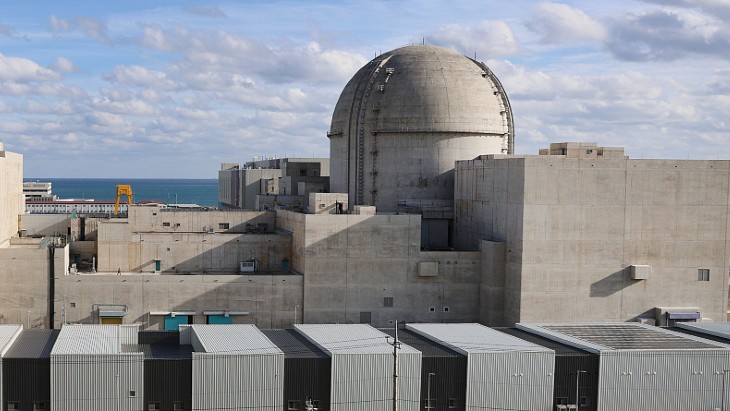It covers the observations of the task force mission to Tokyo from 16 to 20 January 2023 to assess Japan's Nuclear Regulation Authority (NRA) activities related to the planned discharge.
At the Fukushima Daiichi site, contaminated water - in part used to cool melted nuclear fuel - is treated by the ALPS system, which removes most of the radioactive contamination, with the exception of tritium. This treated water is currently stored in about 1000 tanks on site. The total tank storage capacity amounts to about 1.37 million cubic metres and all the tanks are expected to reach full capacity in late 2023 or early 2024.
Japan announced in April 2021 it planned to discharge treated water stored at the Fukushima Daiichi plant into the sea over a period of about 30 years, and asked the IAEA to review its plans against IAEA safety standards.
In its latest report, the task force noted a number of key outcomes from the latest mission, including that the NRA agreed to require Tokyo Electric Power Company (Tepco) to review optimisation of protection for the discharge of ALPS treated water based on operational experience and associated monitoring following the start of the discharges. The NRA further agreed to establish a framework for revisiting discharge limits, operating limits, and conditions to reflect the optimisation of protection, "in a similar manner, if needed".
The task force also acknowledged that the NRA has conducted a review to determine that sufficient evidence exists that the source term contains all the radiologically significant radionuclides and that it does not exclude, in the assessment, any radionuclides that could be significant contributors to the dose to the public or to flora and fauna.
It found that the NRA's approach to enforce controls on the occupational exposure of Tepco employees is sufficient for compliance with international safety standards.
The task force also acknowledged that the NRA has focused on involving the public in the regulatory review process. The task force will continue to review how public consultations and the involvement of interested parties are handled by the NRA as the regulatory process continues.
"The task force has seen that the NRA serves as the independent regulatory body within Japan and holds the responsibility for assessing the safety of the proposed discharge of ALPS treated water," said Gustavo Caruso, director of the IAEA's Department of Nuclear Safety and Security, and chair of the task force. "However, we will continue to review how the NRA conducts its regulatory process leading up to, and after, the proposed discharges of treated water".
The task force's safety review continues. The IAEA said one more report will be issued on independent sampling and analysis aspects, before the final comprehensive report detailing the collected findings and conclusions of the task force is issued.
Japan intends to start discharging the ALPS-treated water in 2023, pending Tepco's completion of necessary domestic regulatory actions.

.jpg)



_72306.jpg)


_49562.jpg)





